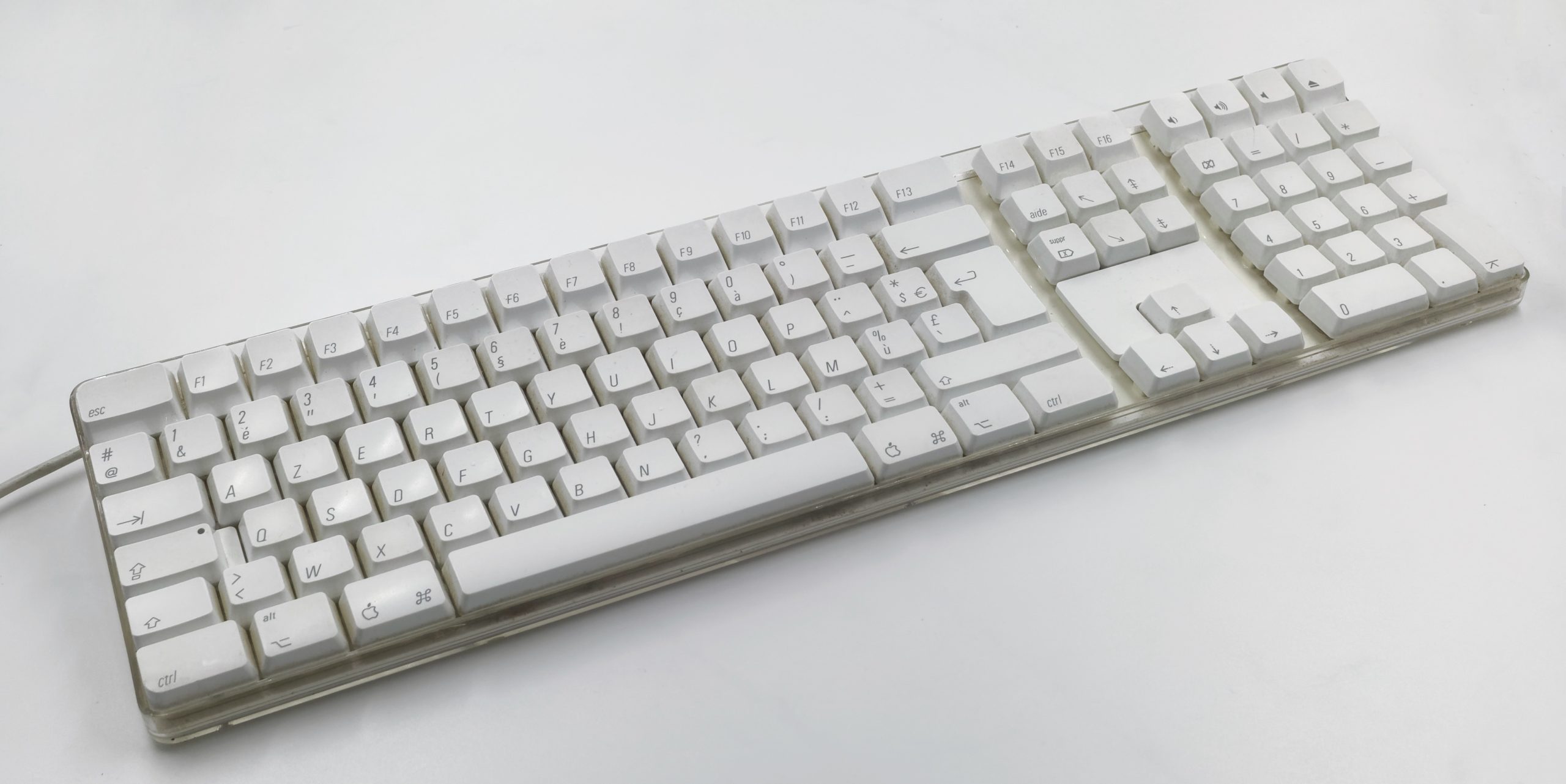


Once you've done this once, you won't have to do it again (and, in fact, the option will be grayed out). Go to File » Library » Organize Library, and then click the Upgrade to iTunes Media organization check box. Please note that iTunes will reorganize your files, and you may find some orphaned folders that didn't quite fit into iTunes' organization scheme (it may also add a string of leading numbers to a music file's name in some instances). (That is, open your iTunes Music folder and you will now see folders for Audiobooks, iPod Games, Mobile Apps, Movies, TV Shows, Music, Ringtones, Voice Memos, etc.). iTunes 9 allows you to enable sorting such that these all appear at the root of the iTunes Music folder. Let us know in the comments if this worked for you, or if you have another solution for specific font problems on the Mac.Prior to iTunes 9, the iTunes folder structure in Finder had your movies, TV shows, etc. Obviously if every font on your Mac is displaying like that, as a box with a capital A in it like, it may be challenging to do much of anything, and in that case you may need to boot into OS X safe mode, or even into single user mode by holding down Command+S during boot to run the above commands. In case you’re wondering, this image is an example of what such a font display problem may look like: When both of the above processes are finished, go ahead and reboot the Mac as usual, your fonts should now work and display fine without any further issues. Repairing disk permissions can take quite some time, so be prepared to wait up to several hours depending on the size and speed of your drive and how many files you have on the Mac. When atsutil has finished running, you will probably want to repair permissions in OS X from the Terminal too by using the disktuil command as well (since you’re already in Terminal, after all): Completing the Font Display Troubleshooting with Permissions & Rebooting Restarts, or the fontd server is restarted. Installed the standard font directories after the user logs out,

New databases will be regenerated from fonts

Removing databases may cause the loss of font registration state:įonts activated outside the standard font directories, font faces dis-Ībled, and font libraries. Will remove fontd System or User databases along with any cacheįiles. According to the manual page of atsutil, the -remove flag will perform the following: This will remove all font databases and caches from the OS X system and users. This uses sudo, which requires the an administrator password to execute, as usual with a command line item you’ll want the command to appear on a single line: How to Clear Font Databases & Font Caches in OS Xįrom the Terminal, enter the following command string and hit return.


 0 kommentar(er)
0 kommentar(er)
